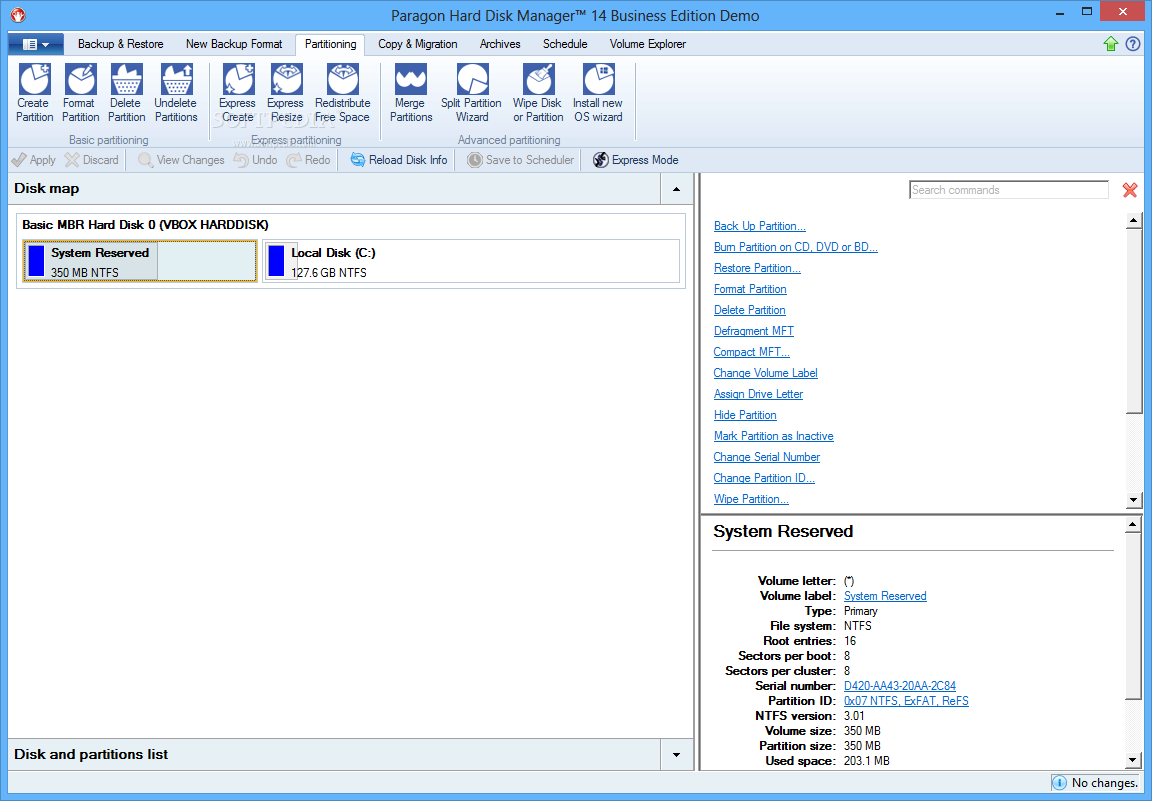

Most PCs use the GUID Partition Table (GPT) disk type for hard drives and SSDs.
#HARD DISK MANAGER HOW TO#
Windows uses the partition style to understand how to access the data on the disk.Īs fascinating as this probably isn't, the bottom line is that these days, you don't usually have to worry about partition style - Windows automatically uses the appropriate disk type. Each partition - even if you have only one - has to have a partition style - GPT or MBR. Specify the file system you want to use (usually NTFS), select Next, and then Finish.ĭisks can be divided up into multiple chunks called partitions. Specify the drive letter you want to assign to the volume and then select Next. Select Next, specify the size of the volume (you'll likely want to stick with the default, which uses the whole drive), and then select Next. Select and hold (or right-click) the unallocated space on the drive and then select New Simple Volume. If initializing fails for some reason, see A disk's status is Not Initialized or the disk is missing entirely. The disk status briefly changes to Initializing and then to the Online status. If you need to change the partition style (GPT or MBR) see About partition styles - GPT and MBR. In the Initialize Disk dialog box (shown here), check to make sure that the correct disk is selected and then click OK to accept the default partition style. Note that some USB drives don't have the option to be initialized, they just get formatted and a drive letter. If the disk is listed as Offline, first right-click it and select Online. In Disk Management, right-click the disk you want to initialize, and then click Initialize Disk (shown here). If you can't open it as an administrator, type Computer Management instead, and then go to Storage > Disk Management. To do so, in the search box on the taskbar, type Disk Management, select and hold (or right-click) Disk Management, then select Run as administrator > Yes. Open Disk Management with administrator permissions. If you prefer using PowerShell, use the initialize-disk cmdlet instead. Here's how to initialize a new disk using Disk Management. Instead we recommend troubleshooting the disk to see if you can read the files - see A disk's status is Not Initialized or the disk is missing entirely. You should be able to see the new drive listed under My Computer with the new drive letter assignment and the drive label name.If your disk already has files on it that you care about, don't initialize it - you'll lose all the files.Confirm that the options selected are correct, and then click Finish.If you want to format the partition, click Format this partition with the following settings, and then complete the fields in the Format dialog box.If you do not want to format the partition, click Do not format this partition, and then click Next.Specify the formatting options you want to use (such as setting a drive label name) by using one of the following procedures:.Decide whether to manually assign a drive letter, let the system automatically enumerate the drive, or not assign a drive letter to the new partition or logical drive, and then click Next.

#HARD DISK MANAGER FREE#


 0 kommentar(er)
0 kommentar(er)
